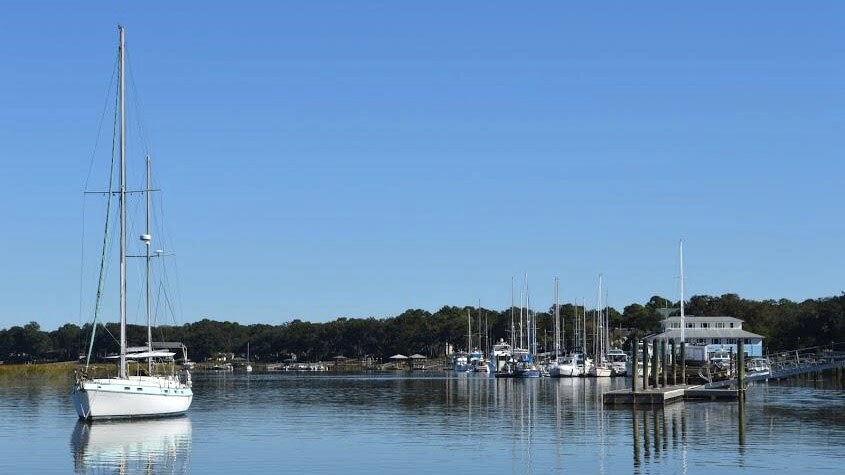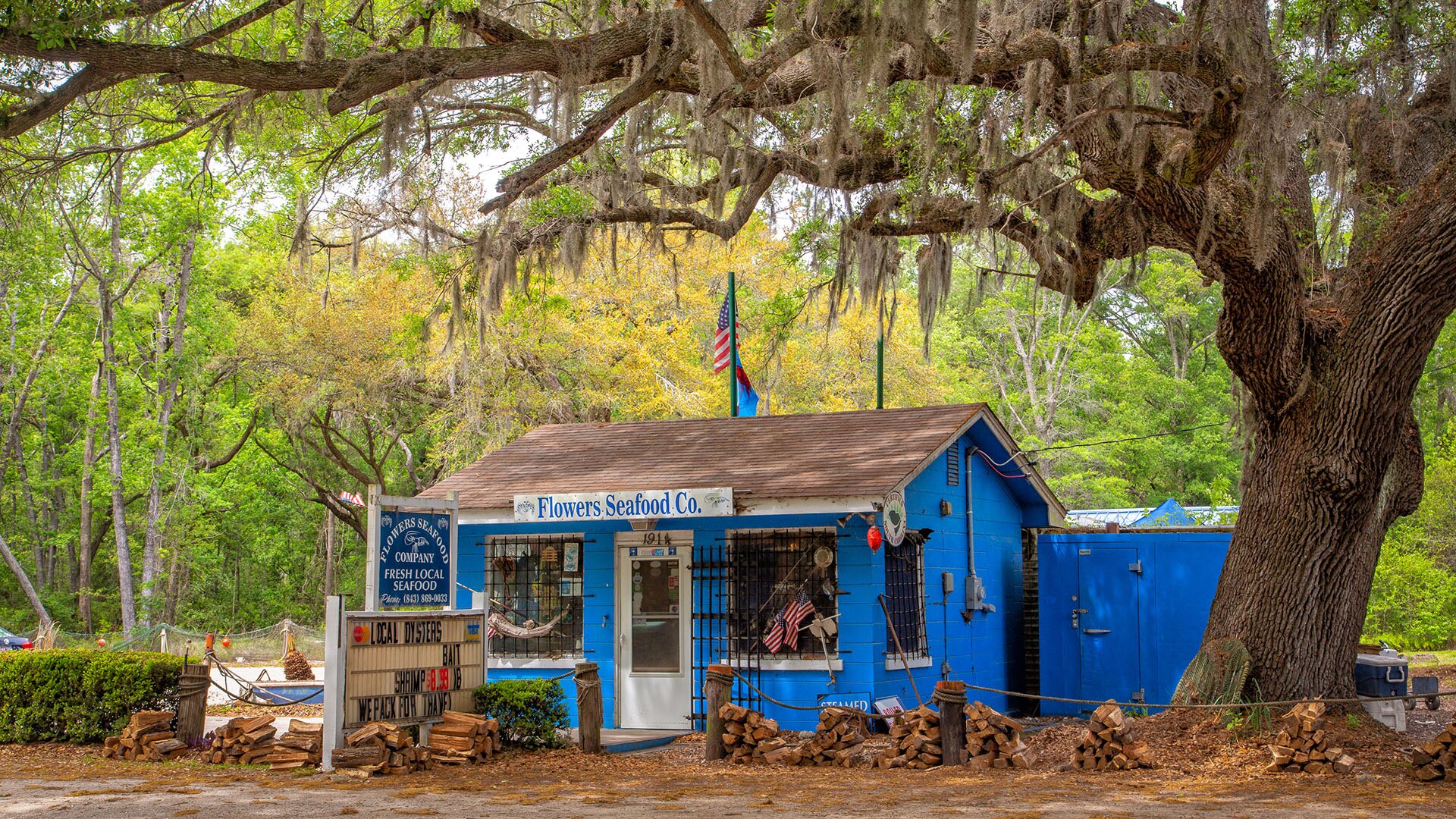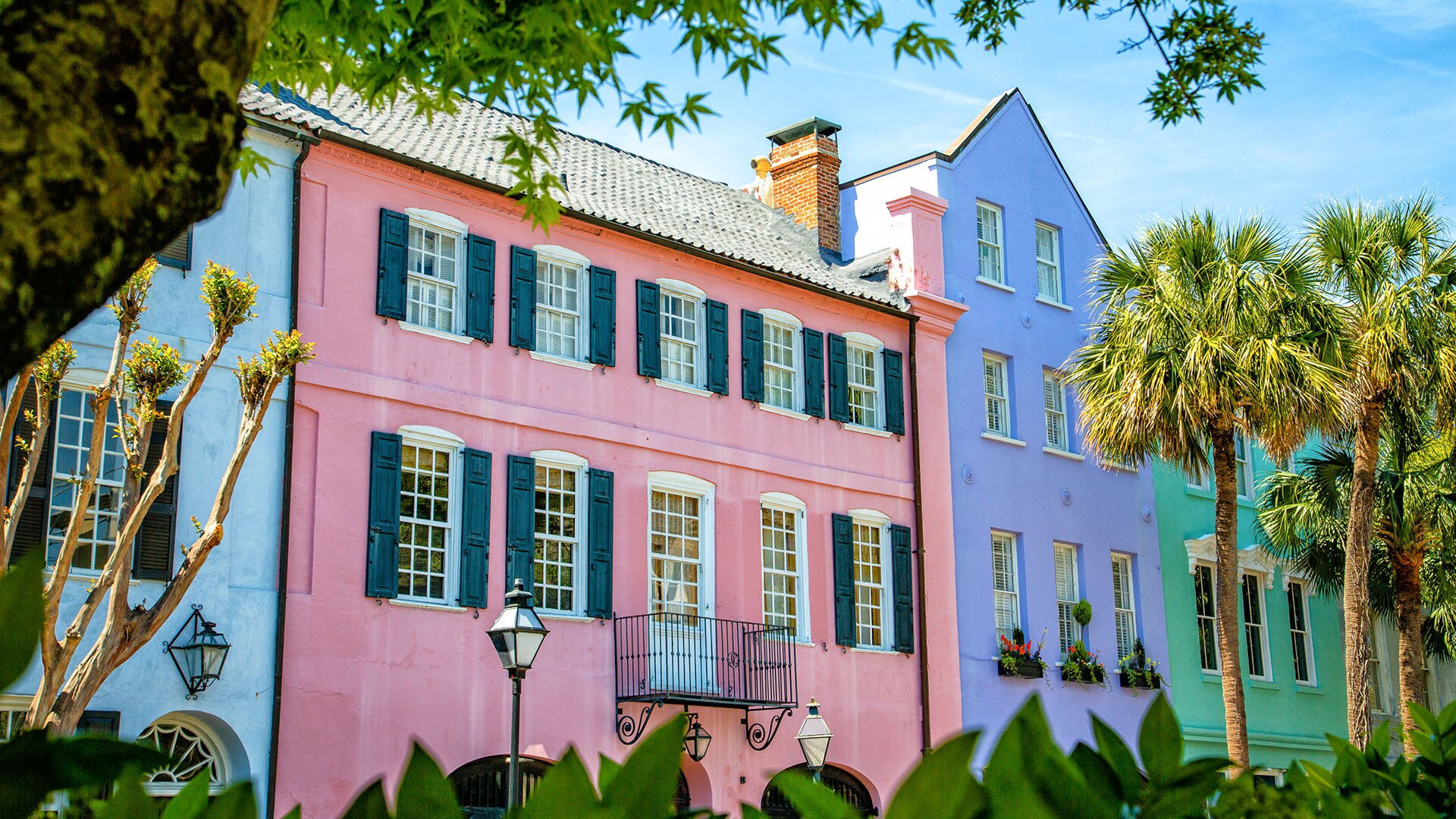The Gullah Series Part 2: Small South Carolina Towns Offer Scenery, Culinary Delights
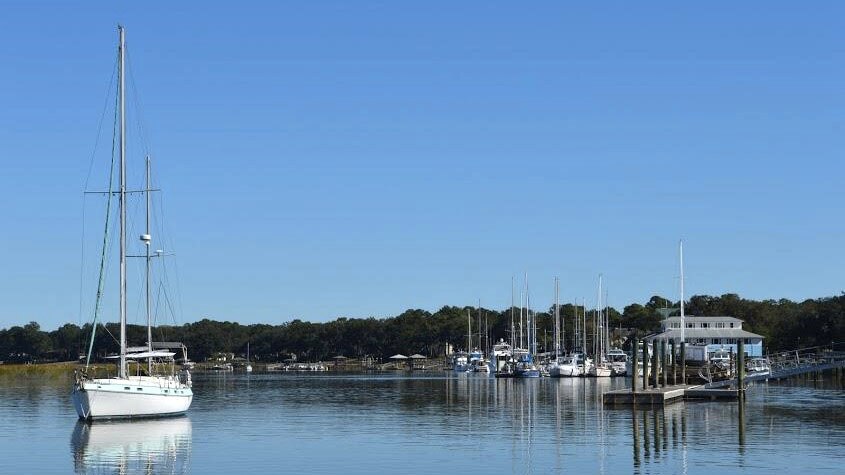
South Carolina coast
Story and photos by Igor Guryashkin
Igor is a Louisville-based writer.
Beaufort, Seabrook and Ravenel make great stops on the way to Charleston.
The journey through South Carolina’s Sea Islands to discover the wonders of Gullah cuisine, a culinary distillation of Southern American and West African cuisine, continued toward Charleston. Where St. Helena Island offered small and quaint traditional offerings, Charleston had the promise of the big city — a larger map to hunt for Gullah treasure and plenty to sample on the way there.
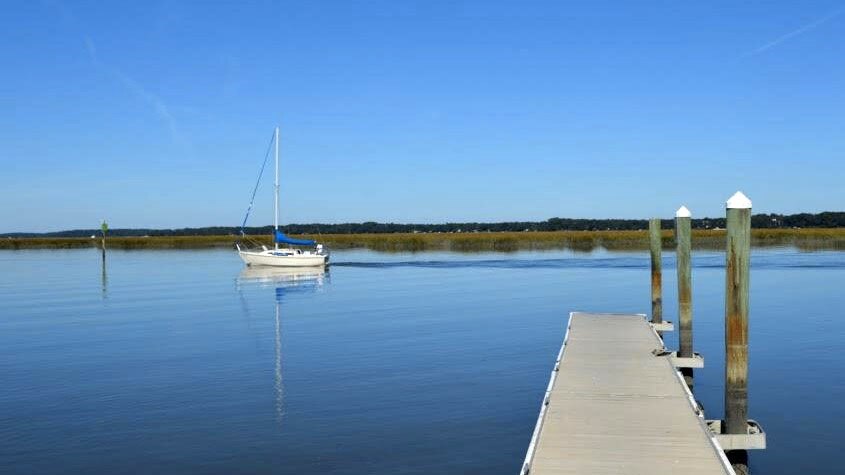
South Carolina coast
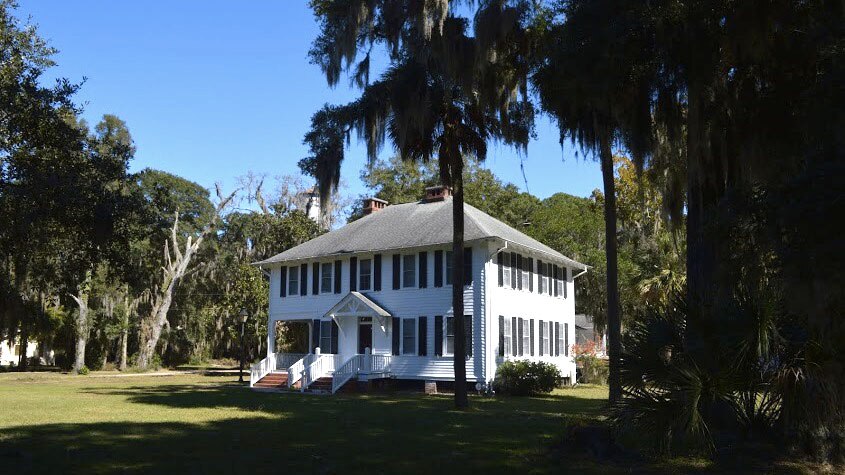
Beaufort, South Carolina
Between St. Helena Island and Charleston is Beaufort — the second-oldest town in South Carolina and a delightfully indulgent tangent on the hunt for Gullah food. If you picture a colonial era Southern outpost, awash with panini shops, lazy waddling tourists, cookie-cutter art galleries and houses so beautiful it makes you angry, then you’ve accurately crystallized Beaufort (pronounced Bew-fort) in your mind. Is it the best stop to track down Gullah cuisine? No. But that’s not to say it does not make for a relaxing few hours of meandering around and relishing an ice cream cone. There’s an old, slightly peeling custard-colored armory with cannons in its courtyard. It was built in 1799 and now serves as a local history museum. The riverfront provides a nice walk in the sunshine, which seems eternal around here. Boats bobble below azure skies tempting you from getting back into your car.
On the way out of Beaufort, motoring serendipity struck in the confines of a meager town called Seabrook.
A sign read, “Fresh Fruit, Vegetables and Oysters” as I drove past.

Beaufort, South Carolina
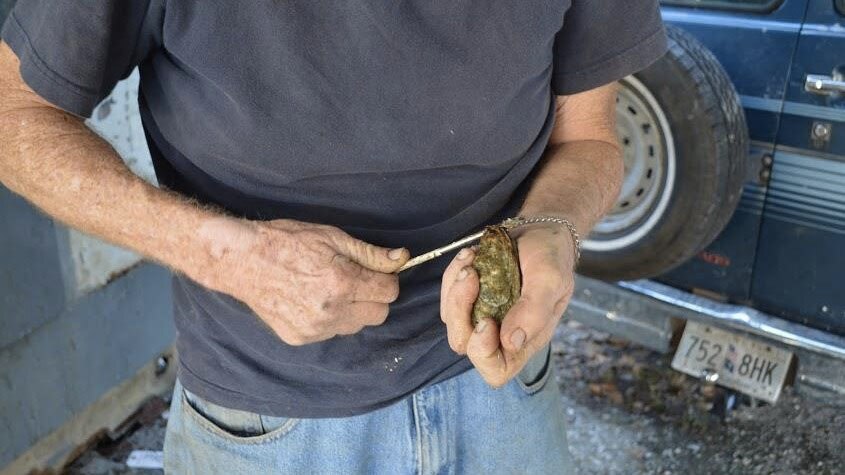
Oysters
Tasting Sweet Bull Grapes
Now, here’s the thing. All of those words appealed to me. Why? Because when you drive for hours on highways, it’s easy to be lazy, and gas station snacks can easily become a crutch for filling your belly.
One U-turn later, courtesy of an obliging field, I found myself at a shacklike store by the name of Southern Oysters & Clams. On the face of it is your typical roadside farmers market. Heirloom tomatoes and a variety of gourds occupy the space. A dry erase board informs you of other things they have in stock — nothing out of the ordinary until you ask what’s in season.
The gentleman at the counter asked, “You tried bull grapes?” It’s a rhetorical question, but I insisted on answering.
To be clear, I did not know what bull grapes were. In fact, if you’re not from the low country, then it’s likely you’ve never heard of them. He obliges by bringing back a few grapes that can best be described as the size of cherry tomatoes with muscles. The word "bull" is appropriate as each one is a green veiny orb that would eclipse a regular grape in the same way that the Earth can dominate the moon.

Oysters
Oysters, Crab and Whiting
“Now try that,” he adds. “Don’t eat the skin. You can, but just bite into it and suck out the inside.”
Sure enough, a small bite of the skin releases something akin in texture to a jellyfish I imagine, filling my mouth with a taste of sweet white wine. It’s unlike any grape I’ve ever tried, and hence, 2 pounds’ worth found its way into my car. The bull grape, or muscadine as it’s officially known, has been used by locals for hundreds of years. Spanish explorers were thought to make wine from it, while the Gullahs have made wine and sherry that couples perfectly with their cuisine’s hearty flavors.
After the grapes, it was the oysters that really intrigued me. I’m told that the owner, Charlie, is out back loading them onto a truck. So I walked out back and found a gentleman beneath the Spanish moss, loading 50-pound bags of oysters he harvested just that morning. Where? Who knows. He looks at me with suspicion for even asking, but does offer me one to try using a screwdriver to crack it open, with hands as worn as the mollusk shell itself. The taste? Probably the saltiest oyster I’ve ever eaten — phenomenal.
Oysters are everywhere here in South Carolina. Drive long enough and you’ll see signs pointing to oyster shell recycling plants. That was a new one for me. Go to a bank of water and you’ll see fossilized shells encased in rocks, with more recent additions bobbing on top. The 50-pound bags that Charlie was loading into his truck sell for a mere $30. “I can’t move them fast enough,” he explains. Grilled, steamed, raw — oysters have been the lifeblood of the Sea Islands and are as much a part of simple humble Gullah cuisine as they are of fine dining.
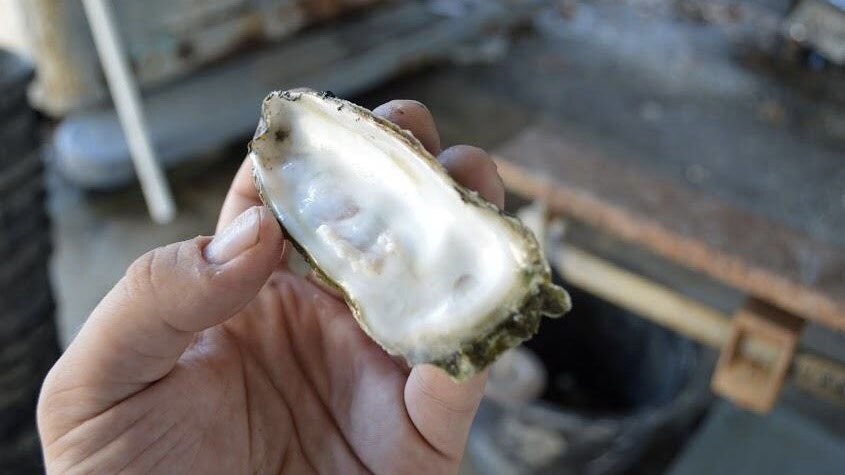
Oysters
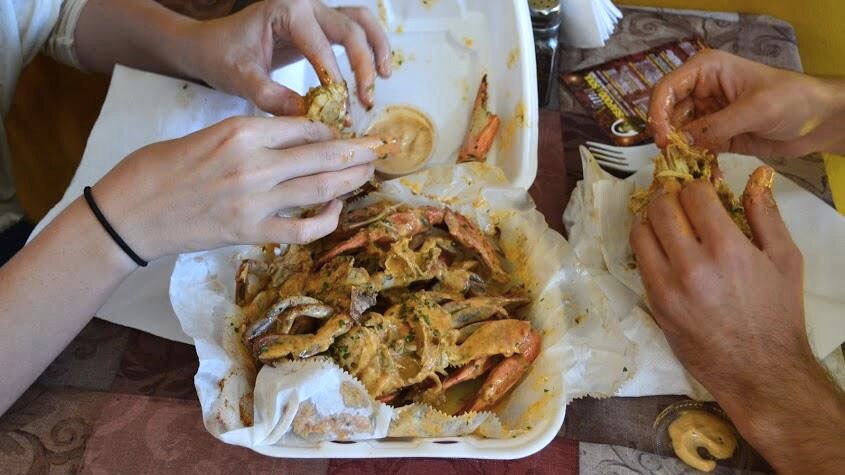
Ravenel Seafood
Farther along the road, about 40 minutes outside of Charleston, is Ravenel — a sleepy small town except for the presence of Ravenel Seafood. The establishment had a jammed parking lot, which is always a good sign, and was adorned with marine life murals on the outside. Open for over 20 years, the Brown family has ensured daily catches from the ocean, rivers and creeks make it into the store daily. In fact, of all the places that can lay claim to being purveyors of Gullah cuisine, Ravenel Seafood slays the competition in terms of variety. Whiting, oysters, crab, shrimp, shark, flounder, scallops, turtle and clams — the list goes on. I choose garlic crab — boiled crab topped with an obscene lathering of garlic butter and what looks like Old Bay seasoning. Frankly, it looks more like a dessert than a seafood dish due to the smell of the garlic wafting high out of the bag. I also found another first: conch soup. It’s a savory and juicy concoction with chewy, calamarilike textured conch slices.
At the end of the day, there is zero pretension to Gullah cuisine. Simple, but fresh and seasonal ingredients, utilized to create dishes that were borne out of necessity but made no less delicious by a culture unique to the United States. The Gullah people have two unique languages — their vernacular and their cuisine.
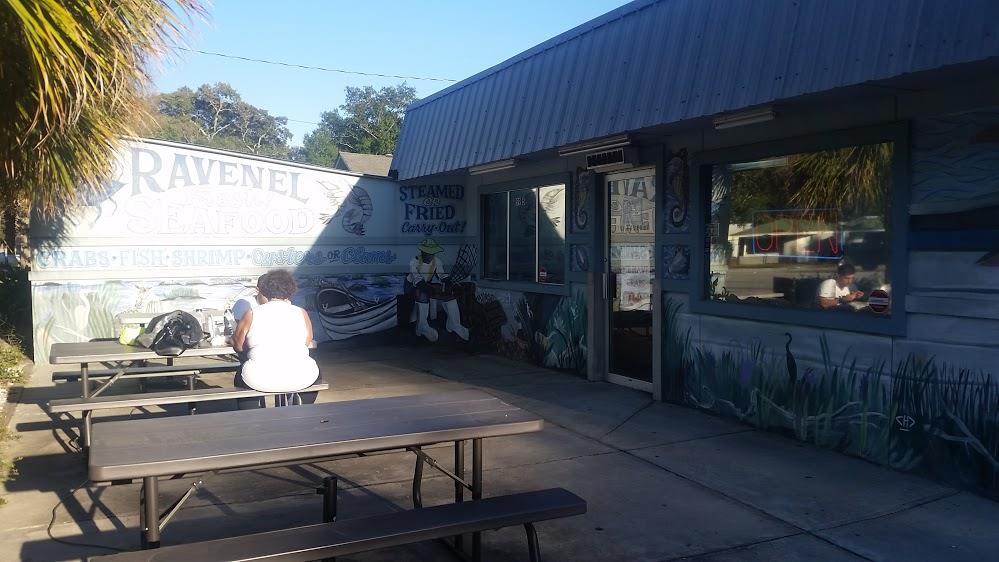
Ravenel Seafood
Related
Read more stories about South Carolina.
- Photography in Charleston, South Carolina
- Road trip to Beaufort, South Carolina, for Gullah Soul Food
- Road trip to Charleston and discover Gullah Soul Food
- Road Trip to South Carolina for Gullah Soul Food
- Edisto Island South Carolina Scenic Drive
- Charleston, South Carolina, Attractions

